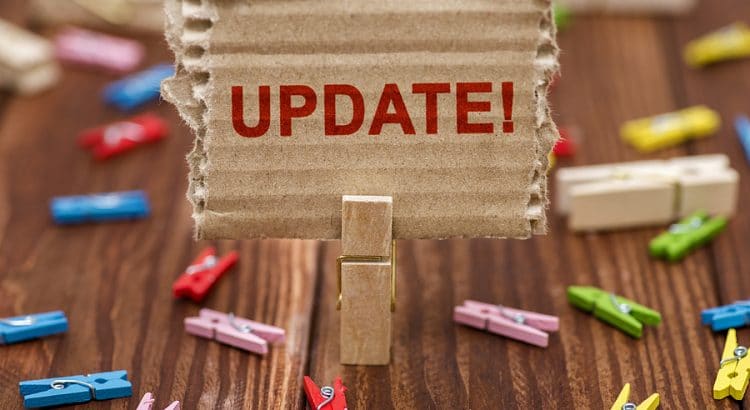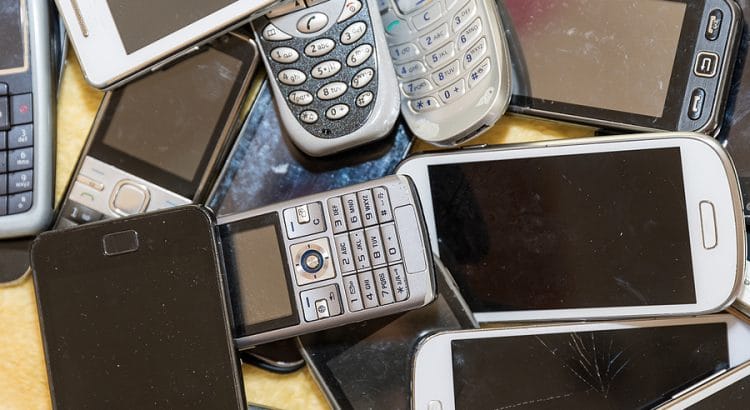I periodically write about how the cellular industry in the U.S. might be more efficient if it moved away from the conventional model for network operators. Under the conventional model, network operators have their own hardware placed throughout the country. A typical cell phone user will almost exclusively use his or her operator’s hardware for connectivity.
Other models are possible. Google Fi already allows dynamic switching across multiple networks. Further unconventional models have promise. I love the idea of decentralized networks. What if phones could connect to any cellular base station in an area (regardless of the company that runs it)? Software could automate an instantaneous, auction-like process where each base station in range of a device competes to offer cell phone users the best rates or quality of service.
While there are serious obstacles in the way of a decentralized model, there are rumblings about a less-extreme, network-as-a-service model for the U.S. While it wouldn’t be decentralized, third-party companies with network hardware could rent access to operators. Mike Dano of Light Reading dived into the possibility yesterday:
And one analyst firm [Cowen] suggests that, in the future, those network operators may also rent their 5G radios and antennas from cell tower operators, too…Some executives in the cell tower industry agree that it’s a topic of discussion.
The full article is worth reading.





